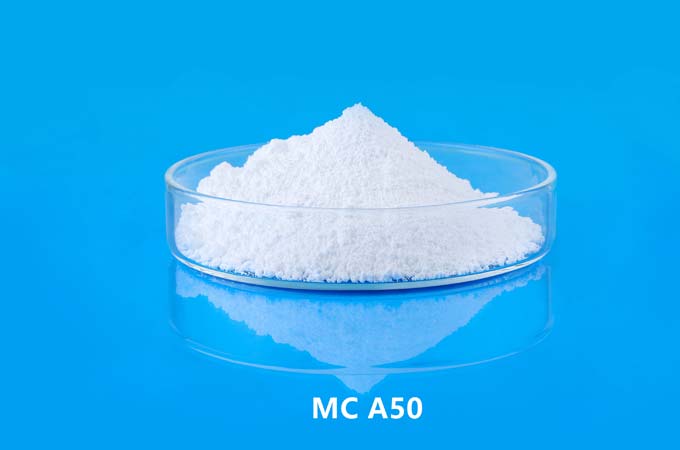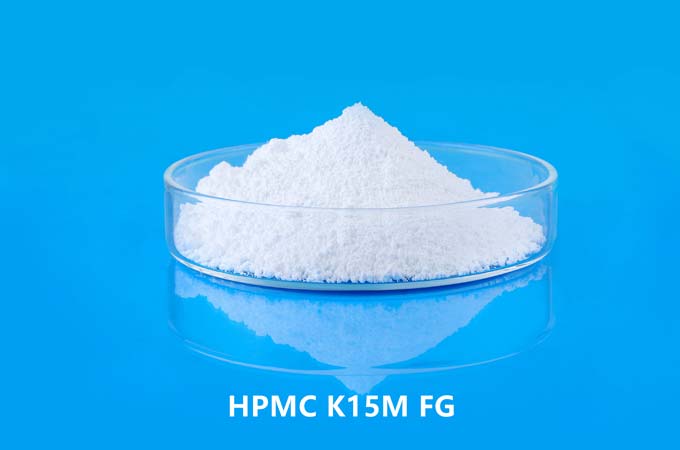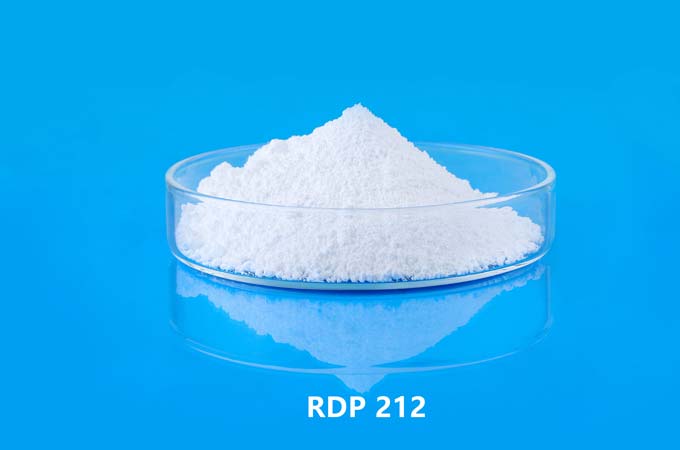Introduction:
Latex paint, also known as acrylic paint, is a popular choice for interior and exterior applications due to its versatility, ease of use, and durability. One of the key additives used in latex paint formulations to improve various performance characteristics is Hydroxypropyl Methylcellulose (HPMC).
Understanding HPMC:
HPMC is a non-ionic cellulose ether derived from natural cellulose, primarily wood pulp or cotton. It is chemically modified through the addition of propylene oxide and methyl chloride to impart hydroxypropyl and methyl functionalities, respectively. This modification enhances its water solubility, thermal stability, and compatibility with other paint components. HPMC is available in various grades with different molecular weights and degrees of substitution, allowing for tailored performance in paint formulations.
Enhanced Viscosity and Rheology Control:
One of the primary functions of HPMC in latex paint is to control viscosity and rheology. By adding HPMC to the paint formulation, the viscosity can be increased, resulting in improved pigment suspension and reduced settling over time. Additionally, HPMC contributes to thixotropic behavior, meaning the paint becomes less viscous under shear stress during application, facilitating smooth application and minimizing drips or sagging. The ability to precisely control rheological properties is crucial for achieving desired flow and leveling characteristics, especially in formulations for different application methods such as brushing, rolling, or spraying.
Improved Film Formation and Cohesion:
HPMC plays a vital role in the film formation process of latex paint. As the paint is applied to a substrate, HPMC aids in forming a continuous film by promoting the coalescence of polymer particles. This results in a uniform and cohesive film with enhanced mechanical properties such as flexibility, toughness, and resistance to cracking or peeling. Moreover, HPMC helps to reduce the tendency of latex paint to spatter during application, resulting in a smoother finish with improved aesthetic appeal.
Enhanced Adhesion to Substrates:
Adhesion is a critical property of latex paint, ensuring long-term durability and performance on various substrates such as wood, concrete, drywall, and metal. HPMC improves adhesion by serving as a binder between the paint film and the substrate surface. Its hydrophilic nature enables HPMC molecules to form hydrogen bonds with both the paint polymer and the substrate, promoting strong adhesion even on challenging surfaces. This enhances the paint's resistance to blistering, peeling, or flaking, especially in high-moisture or high-temperature environments.
Increased Water Retention and Open Time:
Another significant benefit of incorporating HPMC into latex paint formulations is its ability to increase water retention and extend the "open time" of the paint. Open time refers to the period during which the paint remains workable after application, allowing for proper leveling and blending of brush or roller marks. HPMC forms a protective colloid network within the paint film, which slows down the evaporation of water and prolongs the open time, particularly in dry or hot conditions. This ensures uniform drying and minimizes the risk of lap marks or uneven finish, resulting in professional-quality results.
Enhanced Durability and Weather Resistance:
HPMC contributes to the long-term durability and weather resistance of latex paint films. By improving film formation, adhesion, and water resistance, HPMC helps to protect the substrate from moisture intrusion, UV degradation, and environmental pollutants. This extends the service life of painted surfaces, reducing the frequency of maintenance and repainting cycles. Additionally, HPMC-containing paints exhibit better resistance to microbial growth, mold, and mildew, especially in humid or damp environments, further enhancing their performance in both interior and exterior applications.
Hydroxypropyl Methylcellulose (HPMC) plays a multifaceted role in enhancing the performance of latex paint formulations. From controlling viscosity and rheology to improving film formation, adhesion, water retention, and durability, HPMC contributes to the overall quality and longevity of painted surfaces. Paint manufacturers rely on HPMC to achieve desired application properties, optimize performance, and meet customer expectations for aesthetic appeal, durability, and ease of use. As the demand for high-performance paints continues to grow, the importance of HPMC as a key additive in latex paint formulations remains paramount.
 English
English 日本語
日本語 français
français Deutsch
Deutsch Español
Español italiano
italiano русский
русский português
português العربية
العربية Türkçe
Türkçe Nederland
Nederland



